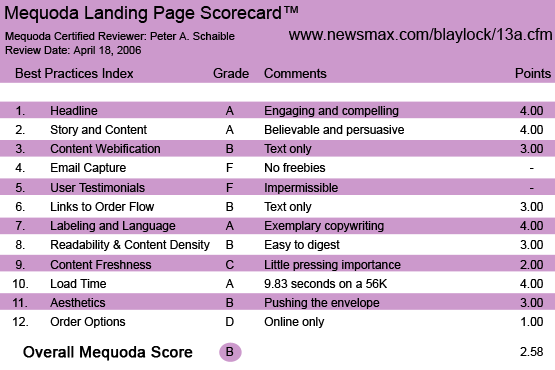

The book was “upsetting” but “responsibly researched,” in the words of Alternative Medicine’s Reviews. (Repeated attempts to get comment from Blaylock for this story were not acknowledged.) And yet, he believes he can evaluate fringe medical theories in these and other areas - even when the scientific establishment and relevant regulatory agencies contradict him.Įxcitotoxins: The Taste That Kills was well-received among its intended audience. He has never received any nutritionist qualifications or formal education - or if he has, he’s never mentioned them in any of his biographies. “As a result, the public is assured that dental amalgam is perfectly safe and that the question has been carefully examined.” The counter-narrative “is just another piece of ‘junk science’ to come out of the government/industry coalition,” he wrote.īlaylock is not a dentist. Ten years later, he was still banging the amalgam drum: “The media are often too lazy or not sophisticated enough to understand the subtleties of the science being discussed,” he wrote in 2005. Though the matter appeared settled to any reasonable burden of proof, Blaylock bought it hook, line, and sinker.
#Dr blaylock wellness report video license#
The dentist who drove the scare with his interview on 60 Minutes had his dental license revoked in 1995 for providing “grossly negligent care” and performing unnecessary treatments on patients who didn’t even have amalgam fillings in the first place. The entire idea of mercurial toxicity from fillings has now been debunked. Panic struck and the American Dental Association had to ask dentists not to remove perfectly safe fillings from needlessly scared patients. That was the year 60 Minutes aired an episode that claimed older Americans had fillings sealed with dental amalgam - a mixture of different metals, including silver and trace amounts of mercury - that caused cancer, ALS, and Alzheimer's. It’s unclear exactly when Blaylock moved from mainstream to fringe, but he may have first wandered into the anti-establishment milieu in 1990. (You’ve probably passed a Chinese restaurant that, fearful of the stigma, has taped a “No MSG” sign in the window.) Thanks to people like Blaylock, who used his legitimate credentials to prop up junky science, it’s one of the most successful health hysteria campaigns ever.

5 grams - and, of course, the MSG in question is always served with food.Īmazingly, MSG still has a bad rap.

The Food and Drug Administration noted that while there is evidence that consuming 3 grams of MSG at a time without food may cause mild, short-lived adverse symptoms, this is unlikely given that most servings are around. It has not been shown to cause headaches, according to a meta review of MSG studies done in 2016 for the journal Headache Pain. It doesn’t cause cancer, according to the American Cancer Society. Since then, we’ve learned that MSG was unfairly maligned. It was about the dangers of monosodium glutamate, or MSG, the target of a health scare that started with a letter to the editor written by a doctor who was mistaken for a medical opinion. Russell Blaylock, a respected neurosurgeon who had begun drifting toward the edges of mainstream science, wrote a book called Excitotoxins: The Taste That Kills.


 0 kommentar(er)
0 kommentar(er)
